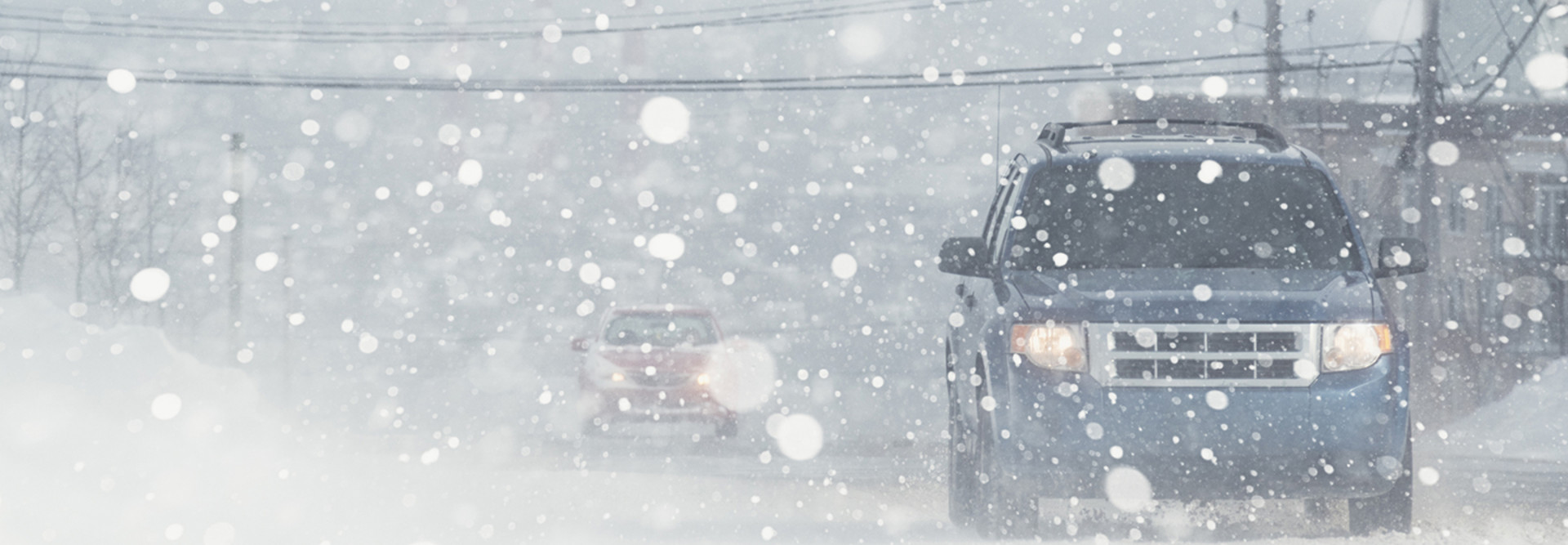Contingency Plans for Extreme Weather and Other Disasters
Smart cities focus heavily on real-time information, relying on IoT devices and sensors that generate vast amounts of data that cities can collect and analyze to provide insights that will allow them to be more efficient, control costs and improve quality of life.
Ann Arbor has made contingency plans for maintaining connectivity in extreme weather.
“Say there’s a switch on the network somewhere that starts acting up. We’ll see the problem, and it will shut things down to prevent it from propagating through the rest of the network,” Shewchuk says.
"Not only do we have our network, but you also have the mobile networks that you could use — your Verizon, AT&T and the others," Shewchuk says. "There's also a radio network in the county as well. Back before all this technology was available, safety services used to do the work with radio, and radio is a pretty stable, reliable technology that's been around for years and years."
MORE FROM STATETECH: Find out how smart cities gain efficiencies from traffic sensors.
Planning Can Make Smart City Systems More Resilient
Given the range of possible uses of the intelligence IoT solutions provide, the importance of keeping networks, hardware, software and sensors that run smart cities protected to ensure constant connectivity cannot be overstated. Many of these systems are deployed in remote areas or installed in locations that can’t be easily accessed.
"When we talk to cities about their smart city plans and initiatives, one of the things we often say to them is that their smart city plan can't be on an island somewhere; it has to be connected to the goals and initiatives and priorities of the city," says Nicole DuPuis, manager of urban innovation for the National League of Cities. "So, resiliency in general would be something that's important to incorporate into the city’s planned projects. And of course, that requires strategizing and talking across departments in a lot of cases to make sure that a connected city is prepared for any unexpected weather events that might take place."
Because weather varies significantly from place to place, that planning has to be specific to a city’s environment and the challenges associated with it, meaning there is no template for maintaining IoT connectivity.
“It’s going to be very different for every community because the challenges that somebody in southern Florida will face are going to be very different from northern Minnesota, so they have to think about their infrastructure in terms of what the likely threats are to their community,” says Angelina Panettieri, principal associate for technology and communications for the National League of Cities.











